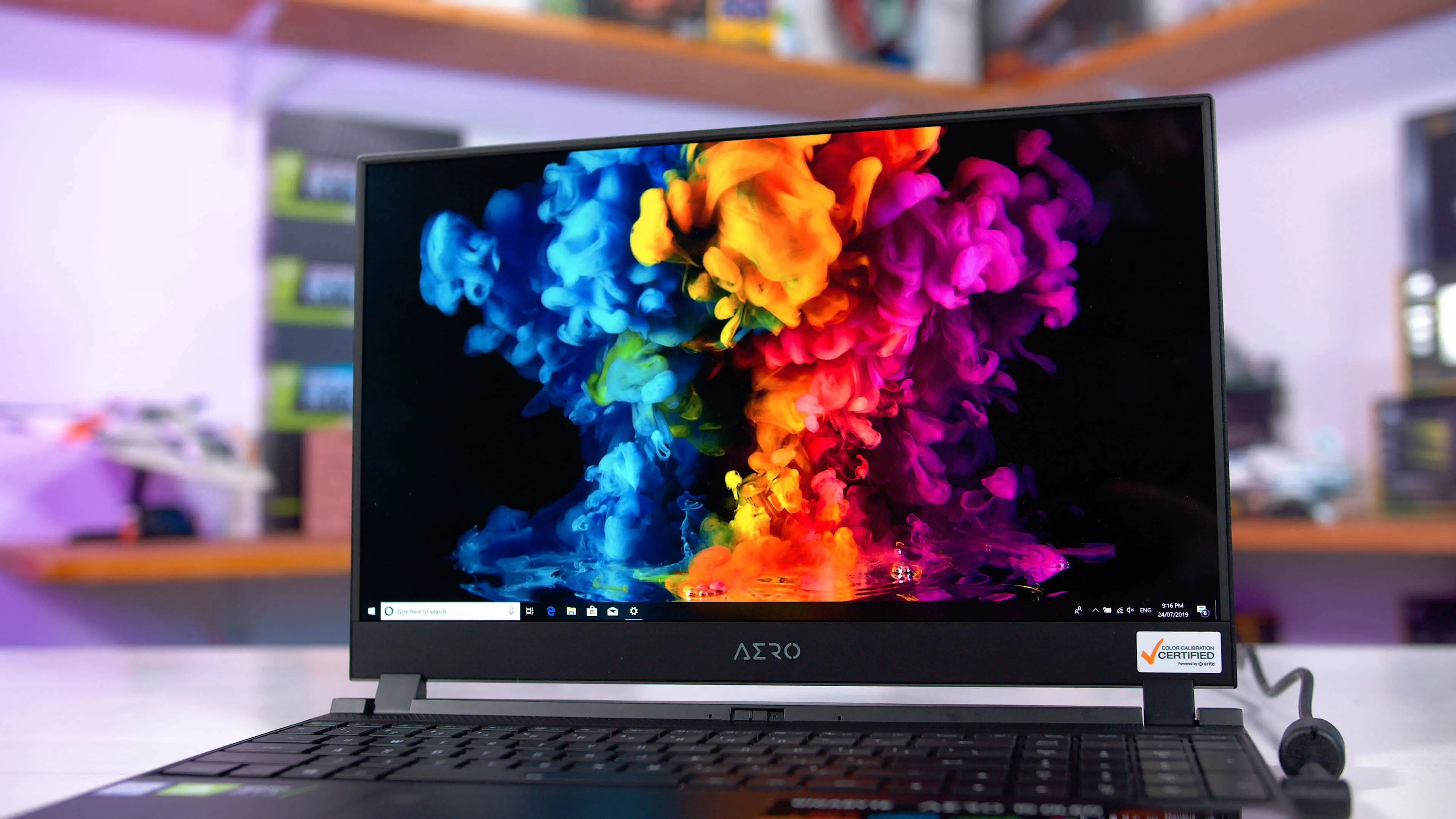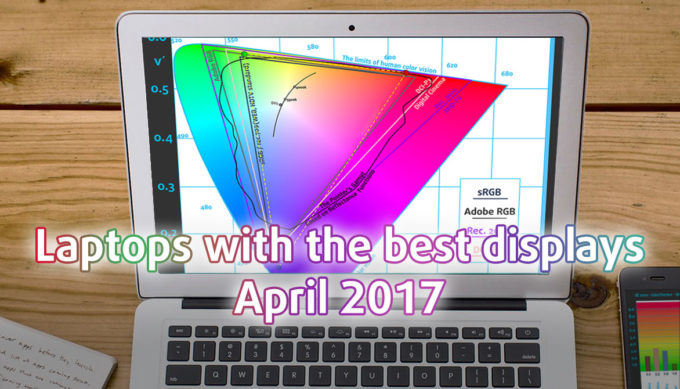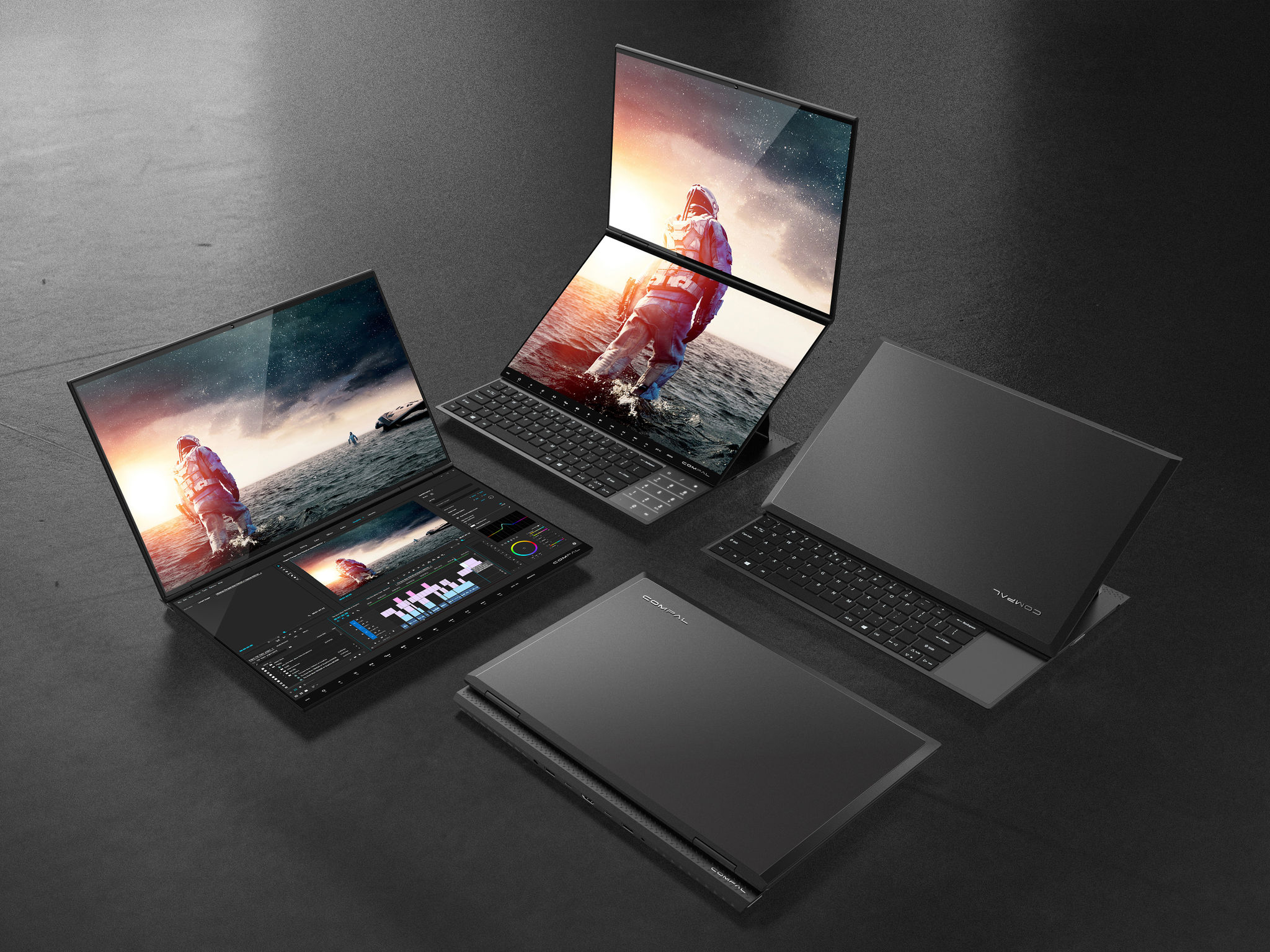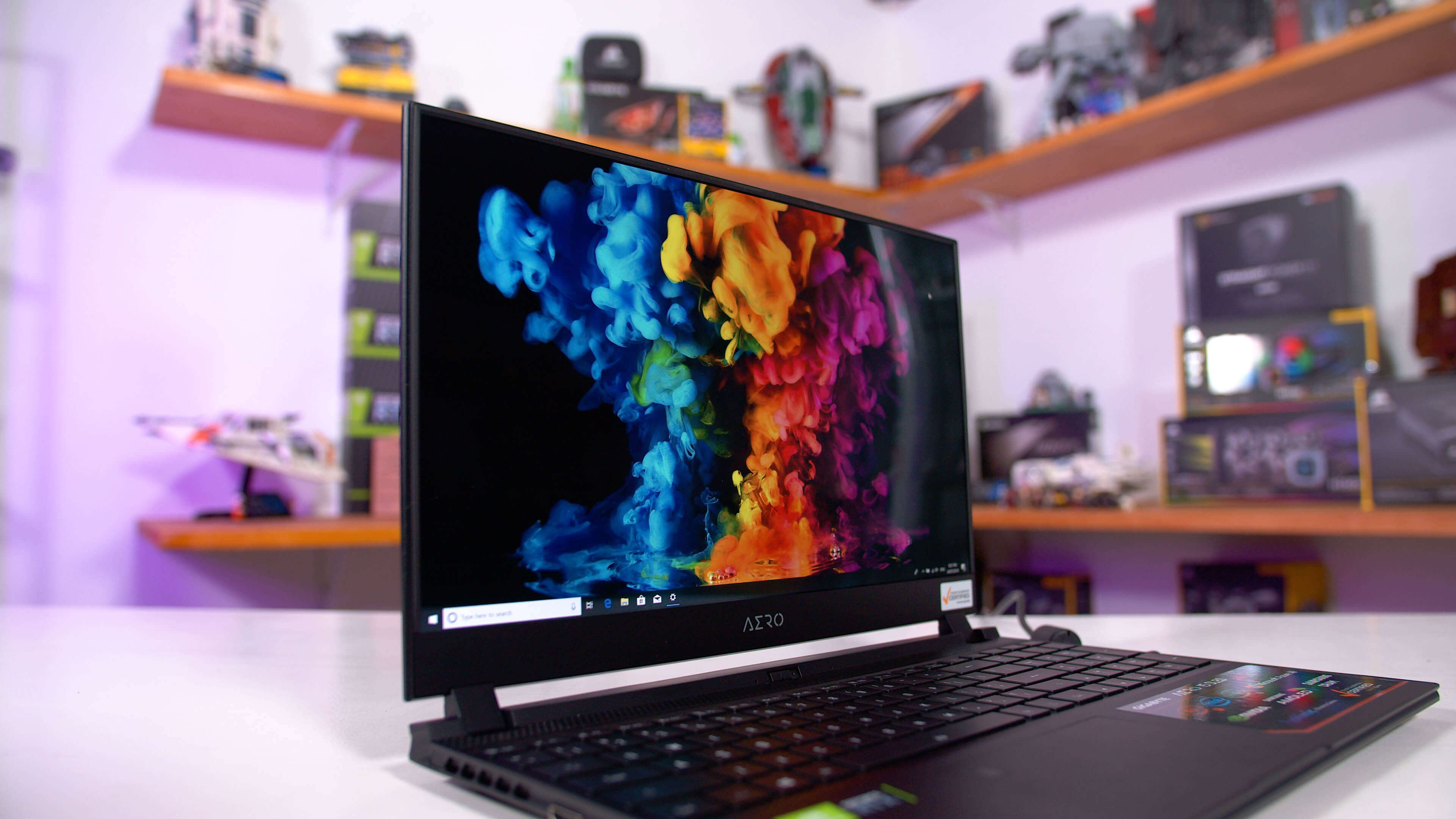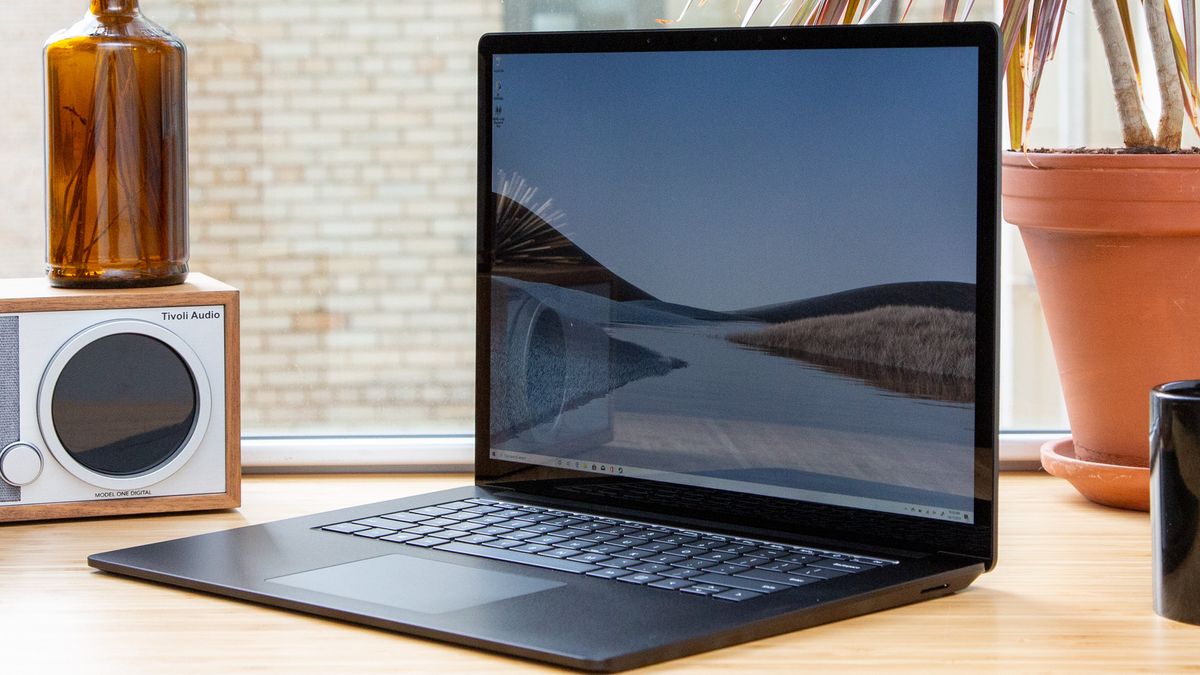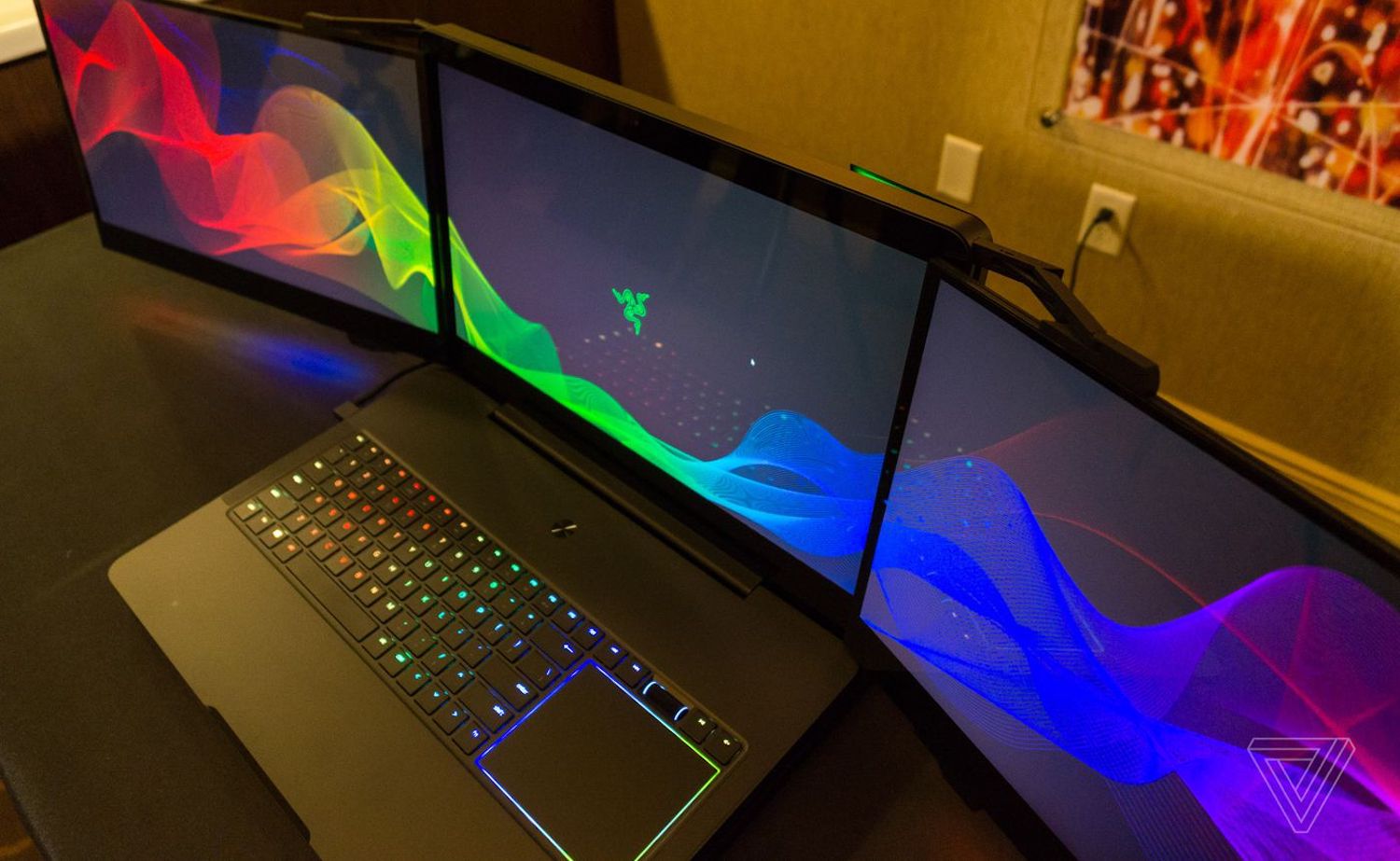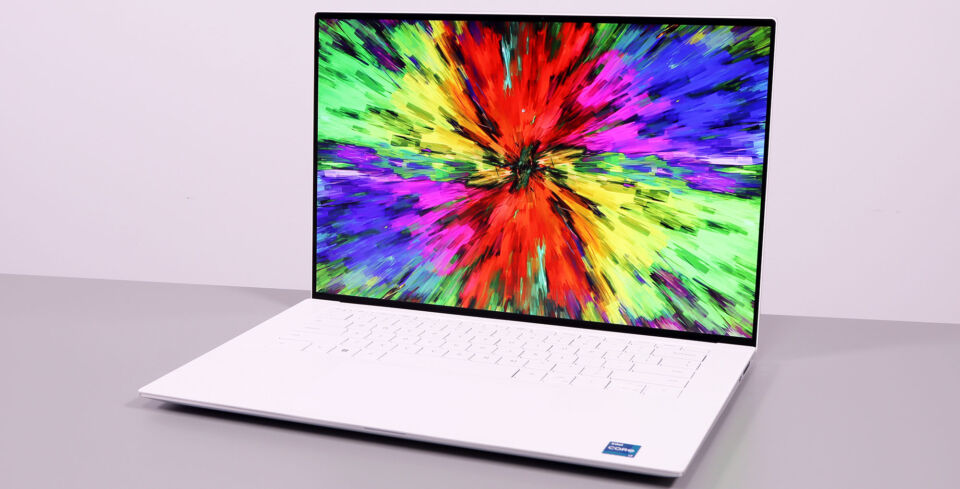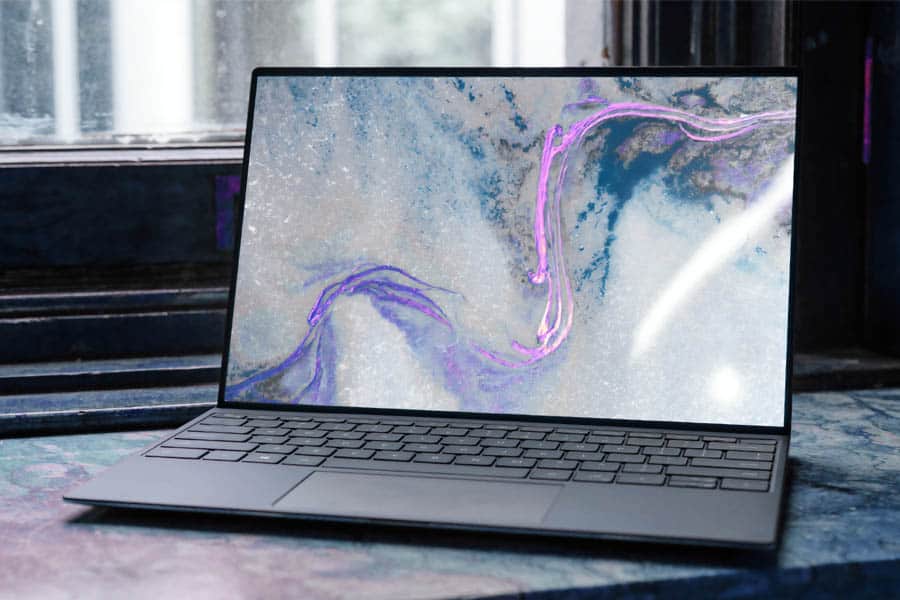Laptops With Best Displays

Ever stared longingly at a crystal-clear laptop display, wishing yours could match its vibrancy? You're not alone. For first-time laptop buyers, wading through the sea of specs can be overwhelming. This guide cuts through the jargon to help you find a laptop with a display that truly shines.
Why does the display even matter? Whether you're a student burning the midnight oil, a creative professional editing photos, or simply enjoying your favorite shows, the display is your window to the digital world. A good display reduces eye strain, enhances visuals, and elevates your overall computing experience. Let's find you the perfect one!
Top 5 Laptops with Exceptional Displays
Here's a quick comparison to kick things off:
| Model | Price (USD, Approx.) | Display Specs | Key Features | Warranty |
|---|---|---|---|---|
| Dell XPS 13 OLED | $1,200 | 13.4" OLED, 3.5K (3456x2160), Touch | InfinityEdge display, Lightweight, Premium build | 1 Year Limited |
| Apple MacBook Pro 14" | $1,999 | 14.2" Liquid Retina XDR, ProMotion (120Hz) | Mini-LED, High brightness, Excellent color accuracy | 1 Year Limited |
| HP Spectre x360 14 | $1,400 | 13.5" OLED, 3K2K (3000 x 2000), Touch | 2-in-1 convertible, Stylish design, Vibrant colors | 1 Year Limited |
| ASUS Zenbook OLED 13 | $900 | 13.3" OLED, FHD (1920x1080) | Compact, Affordable OLED, Long battery life | 1 Year Limited |
| Lenovo Yoga 9i | $1,300 | 14" OLED, 4K (3840x2400), Touch | 360-degree hinge, Bowers & Wilkins speakers, Sharp display | 1 Year Limited |
Detailed Reviews
Dell XPS 13 OLED
The Dell XPS 13 OLED is a stunner. Its nearly borderless display offers incredible immersion. The OLED panel delivers deep blacks and vibrant colors, making everything from web browsing to video streaming a visual treat.
Apple MacBook Pro 14"
Apple's MacBook Pro 14" takes display technology to the next level. The Liquid Retina XDR display, powered by mini-LEDs, boasts exceptional brightness and contrast. Content creators will appreciate its outstanding color accuracy.
HP Spectre x360 14
The HP Spectre x360 14 is more than just a pretty face. This 2-in-1 laptop features a vibrant OLED display that's perfect for both work and play. Its convertible design adds extra versatility.
ASUS Zenbook OLED 13
Looking for an OLED display on a budget? The ASUS Zenbook OLED 13 offers excellent value. Its compact size and long battery life make it ideal for students and travelers.
Lenovo Yoga 9i
The Lenovo Yoga 9i is a premium 2-in-1 with a stunning 4K OLED display. The combination of vibrant visuals and powerful audio makes it perfect for multimedia consumption.
Used vs. New: Weighing the Options
Buying a used laptop can save you money, but it's not without risks. New laptops come with warranties and the assurance of pristine condition. Used laptops might have hidden issues and shorter lifespans. Let's break it down:
Used Laptops
- Pros: Lower price, environmentally friendly.
- Cons: Potential for hidden problems, shorter lifespan, no warranty (or limited warranty).
New Laptops
- Pros: Warranty, latest technology, pristine condition, longer lifespan.
- Cons: Higher price.
If you're on a tight budget and willing to take a risk, a used laptop could be a good option. If you prioritize peace of mind and the latest features, a new laptop is the way to go.
Reliability Ratings by Brand
Brand reputation matters. Some brands are known for their durability and reliability, while others may have more reported issues. Here's a general overview:
- Apple: Generally considered highly reliable, but repairs can be expensive.
- Dell: Offers a wide range of models with varying reliability; XPS line is generally well-regarded.
- HP: Reliability varies; Spectre and Envy lines tend to be more reliable than budget models.
- ASUS: Known for innovation and good performance; reliability is generally good.
- Lenovo: ThinkPad line is known for its durability; Yoga and other consumer lines generally reliable.
Remember to read reviews and check customer feedback specific to the model you're considering.
Checklist: 5 Must-Check Features Before Buying
Before you commit, make sure to consider these crucial features:
- Display Resolution: Aim for at least Full HD (1920x1080) for crisp visuals. 4K is even better if your budget allows.
- Panel Type: IPS panels offer good color accuracy and viewing angles. OLED panels provide exceptional contrast and vibrant colors, but can be more expensive.
- Brightness (Nits): Higher brightness is essential for comfortable viewing in bright environments. Look for at least 300 nits.
- Color Gamut: Consider the color gamut (e.g., sRGB, Adobe RGB, DCI-P3) for color accuracy, especially if you work with photos or videos.
- Screen Size: Choose a size that suits your needs and portability requirements. Common sizes range from 13 inches to 17 inches.
In Summary
Choosing a laptop with the best display involves balancing price, features, and your individual needs. OLED displays offer superior contrast and colors, while IPS panels provide good all-around performance. Consider whether a used or new laptop better fits your budget and risk tolerance. Don't forget to research brand reliability and check key display specifications before making a purchase.
Finding the perfect laptop display takes research. By considering these factors, you’ll be well equipped to choose the laptop that will provide the best possible viewing experience for you.
Ready to Upgrade Your View?
Now that you're armed with the knowledge, go forth and explore! Visit online retailers, read reviews, and compare models. Your perfect laptop display awaits.
Click here to browse available laptops and filter your search with the tips you've learned. Your eyes will thank you!
